Are you facing the intimidating task of painting newly plastered walls in your home? This guide is here to alleviate your concerns and offer you valuable advice and techniques to achieve a polished and professional result. With detailed instructions and expert guidance, you can confidently transform your walls into masterpieces.
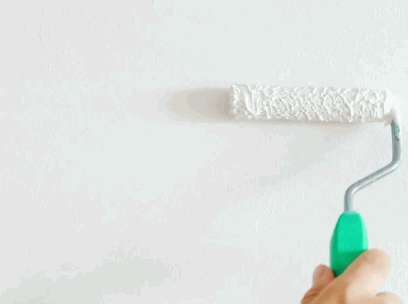
Plastering is a technique used to create a smooth and even surface on walls and ceilings. It involves applying a mixture of plaster and water to the surface, which is then left to dry and harden. This process helps to hide imperfections in the underlying surface and provides a solid base for painting or wallpapering. Plastering is an important step in the process of renovating or decorating a room, as it ensures a professional and finished look. It requires skill and precision to achieve the desired results.
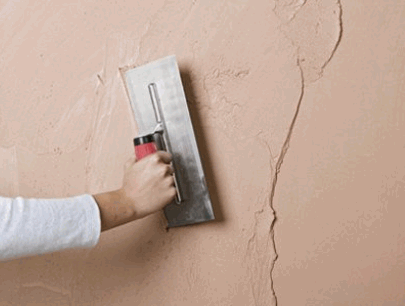
Painting newly plastered walls is important for several reasons.
Firstly, it helps to protect the walls from moisture and damage. By applying a coat of paint, you create a barrier that prevents water from seeping into the plaster and causing it to deteriorate.
Secondly, painting newly plastered walls enhances their appearance. It gives them a smooth, finished look and allows you to choose the color or design that suits your style.
Lastly, painting helps to seal the surface of the plaster, minimizing the risk of dust or particles becoming airborne. This contributes to a healthier indoor environment.
So, to preserve the integrity, improve aesthetics, and maintain a clean space, painting newly plastered walls is essential.
When it comes to painting newly plastered walls, it is important to prepare them properly in order to achieve a smooth and long-lasting finish. In this section, we will explain the necessary steps to prepare your walls before painting. Each step, from cleaning the walls to priming them, is essential in ensuring a flawless paint job. So, let's delve into the details and learn how to properly prepare newly plastered walls for painting.
Cleaning the walls is an essential step when preparing newly plastered walls for painting. Here are the steps to clean the walls effectively:
By following these steps, you can ensure that your new plastered walls are clean and ready for painting, resulting in a smooth and professional finish.
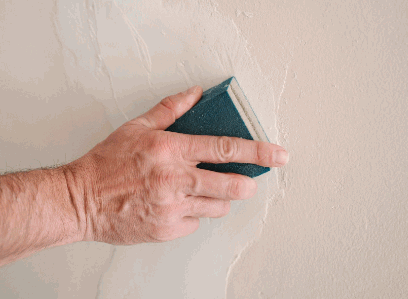
When preparing newly plastered walls for painting, it is necessary to fill in any holes or cracks to achieve a smooth and perfect finish. Follow these steps:
By following these steps, you can ensure that your new plastered walls are ready for a smooth and professional-looking paint job.
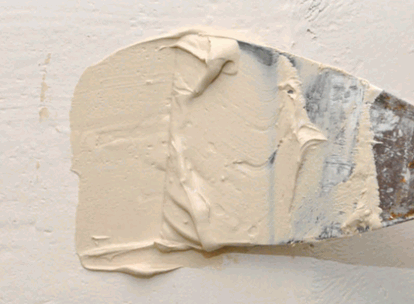
Priming the walls is an important step in preparing newly plastered walls for painting. It helps to create a smooth and even surface, improves paint adhesion, and enhances the overall durability of the paint job.
Here are the steps involved in priming the walls:
Priming the walls before painting is particularly important if the plaster is porous or has a high alkaline content. It helps to seal the surface, preventing the paint from being absorbed unevenly and resulting in a more professional and long-lasting finish.
Before you start painting your newly plastered walls, it's important to gather all the necessary tools and materials. In this section, we'll go over each item you will need to ensure a successful paint job. From paint brushes and rollers to drop cloths and painter's tape, we'll cover the essentials that will make your painting process smoother and more efficient. So, let's get ready to paint those freshly plastered walls!
When painting new plastered walls, using the right paint brushes and rollers is crucial for achieving a smooth and professional finish. Here are some steps to consider:
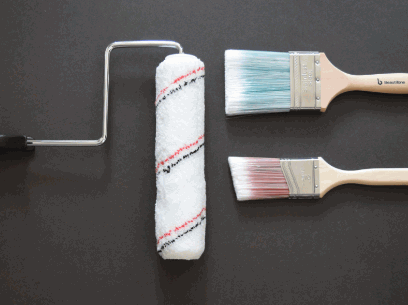
A paint tray is an essential tool when painting newly plastered walls. Here are the steps to effectively use a paint tray:
Using a paint tray helps to distribute paint efficiently and allows for easy access during the painting process.
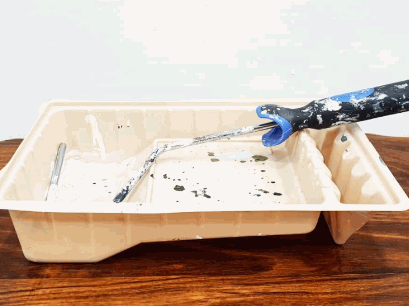
Drop cloths are essential when painting newly plastered walls as they protect floors and furniture from paint splatters and drips. Here are the steps to use drop cloths effectively:
By using drop cloths, you can avoid the hassle of cleaning up paint stains and achieve a neat and professional painting job.
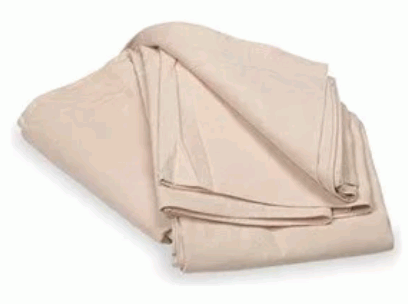
Painter's tape is an essential tool for painting newly plastered walls. It is used to protect areas that you do not want to be painted, such as trim, windows, and door frames. By applying painter's tape along the edges, you can create clean and precise lines. It helps prevent paint from bleeding onto adjacent surfaces, resulting in a professional finish.
When selecting painter's tape, choose a high-quality brand that is easy to apply and remove without leaving residue or damaging the surface.
Overall, painter's tape is a valuable tool for achieving a tidy and polished appearance when painting newly plastered walls.
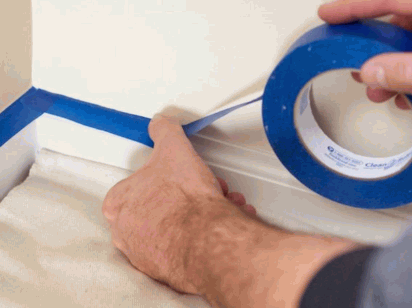
When it comes to painting newly plastered walls, it is important to follow a step-by-step process and use the correct tools and materials to achieve a professional finish.

When it comes to painting newly plastered walls, there are several techniques that can be utilized. In this section, we will discuss the most effective technique for obtaining a smooth and professional finish on your freshly plastered walls. We will go over the three primary steps involved: cutting in, applying the paint with a roller, and applying a second coat if needed. By the end, you will have a greater understanding of how to paint newly plastered walls and achieve the desired outcomes.
Starting with cutting in is an important step when painting newly plastered walls. It involves creating a precise line along the edges of the wall, where it meets the ceiling, corners, and trim. Here are the steps to follow:
Rolling the paint on newly plastered walls requires careful preparation and technique to achieve a smooth and even finish. Here are the steps to follow:
By following these steps, you can achieve a professional-looking result when rolling the paint on newly plastered walls.
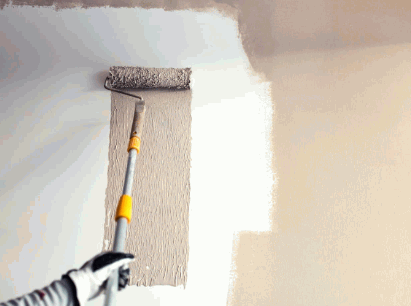
To achieve a professional finish when painting newly plastered walls, it may be necessary to apply a second coat of paint. Here are the steps to follow:
Remember, applying a second coat of paint can enhance the overall appearance and durability of newly plastered walls.
As any homeowner knows, painting newly plastered walls can be a challenging task. However, by employing suitable techniques and tools, you can attain a professional result that ensures your walls appear sleek and impeccable. In this section, we will explore some crucial advice for accomplishing a refined and superior paint job. By selecting the appropriate paint, dedicating sufficient time, and utilizing proper lighting, these tips will assist you in achieving a flawless finish for your recently plastered walls.
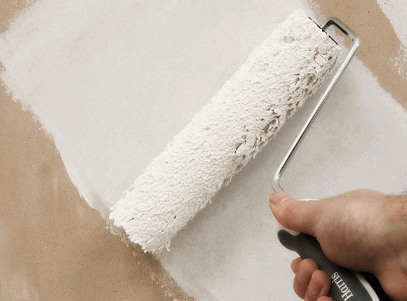
Using high-quality paint is essential for achieving a professional finish when painting new plastered walls. Here are some reasons why:
Delve into: How To Repair Peeling Paint On Plaster Walls
Using proper lighting is crucial when painting newly plastered walls to ensure a professional finish. Here are some steps to follow:
Taking your time is crucial when painting newly plastered walls to ensure a professional finish. Here are some steps to follow:
Using a primer is crucial when painting newly plastered walls. Here are the steps to follow:
By using a primer, you will ensure better paint adhesion, prevent stains or discoloration, and achieve a more professional finish on your newly plastered walls.
Using a good quality paintbrush is essential when painting newly plastered walls to achieve a professional finish. Here are some steps to consider when using a good-quality paintbrush:
Using a good quality paintbrush will ensure smoother application, better coverage, and a more professional-looking finish on your newly plastered walls.
61a, Walton St, Walton On The Hill, Tadworth,
Surrey, KT20 7RZ
info@amorybrown.co.uk